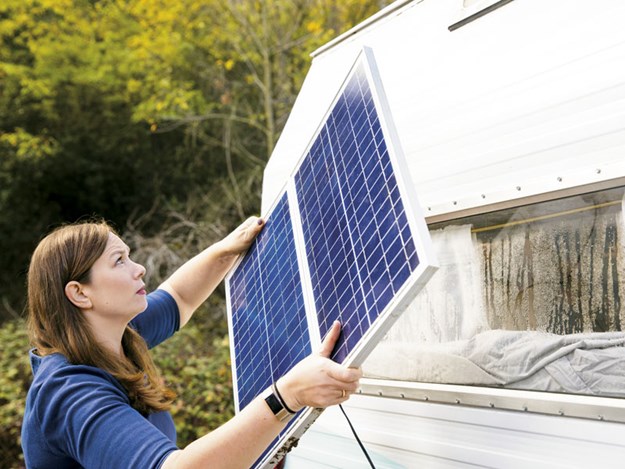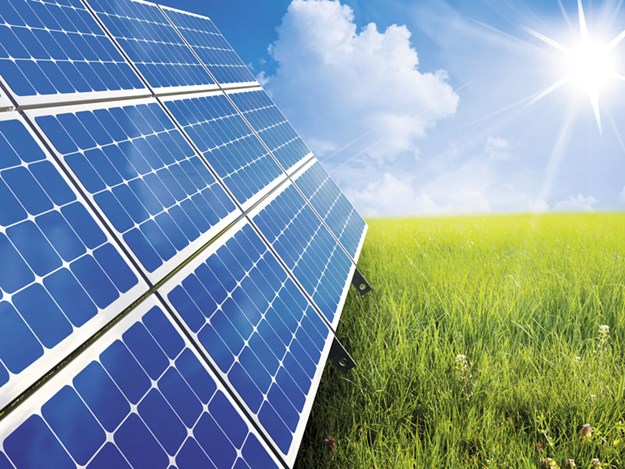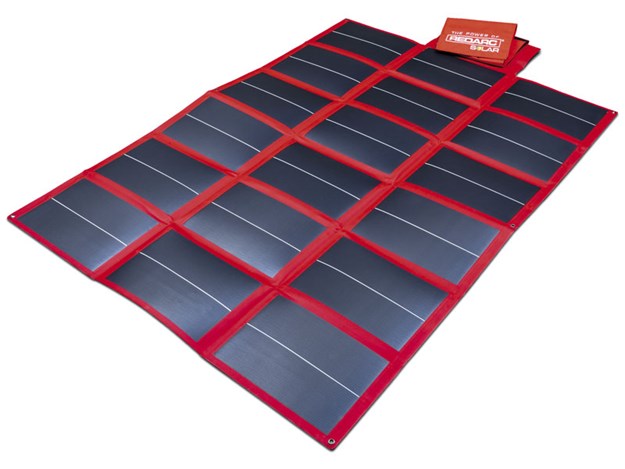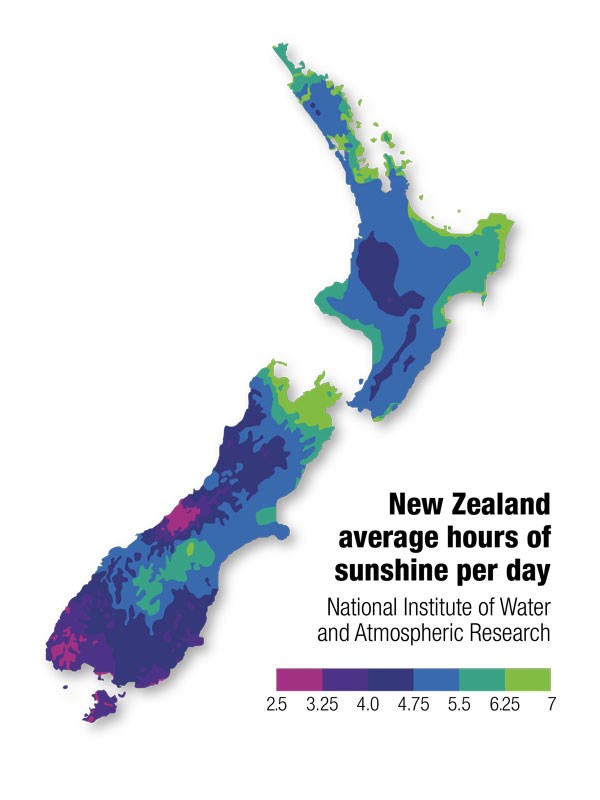Visit a free-camping spot, and you’ll notice the wide array of different sized and shaped solar panels. Over the past decade, portable and fixed solar panels have increased in efficiency and provide power in a much smaller package, making that quick weekend getaway more affordable and appealing. So, what makes a good panel for your application, and what should you consider?

Quality
You’ve no doubt heard the old sayings, ‘you get what you pay for’, and ‘if you go for the cheap option first, you will often end up buying quality the second time around’. This is true for solar panels. How often you use the panel, what conditions you use it under, and how significant the impact if it fails should all be considered when selecting.
Look to the brands you know and trust for other quality products for your van, and you are already heading in the right direction. It’s also important to consider product guarantees. Will the manufacturer of the brand you choose be available to back up the product during its warranty period?
Cell types and charge level
 |
|
Many factors influence the level of charge that can be extracted from solar panels |
Varying factors influence the level of charge that can be extracted from the panel during daylight hours. These include panel temperature and shading from clouds or obstructions around the campsite, and the angle the panels face toward the sun.
Polycrystalline and monocrystalline cells are used in rigid (glass-covered, aluminium-framed) panels. All crystalline solar panels, by their nature, gradually lose a small percentage of output as the temperature of the panel rises above 25°C.
 |
|
REDARC monocrystalline solar blanket |
Monocrystalline panels generally do this to a slightly lesser amount than polycrystalline panels. Amorphous (meaning ‘shapeless’) solar blankets are made from silicon material that is not structured or crystalised on a molecular level.
They are flexible and lightweight and don’t suffer a decrease in output until reaching extremely high temperatures. (But, by then, you will have packed up camp and headed for the nearest AC unit many degrees ago.)
Why quality matters
 |
|
REDARC amorphous solar blanket |
Because amorphous solar blankets are so flexible and can be moved, folded, bent and squished, the quality of their assembly is critical. You can have a reasonable cell, but if it is just glued to canvas, it won’t last long in the real world.
The same applies to the frame of rigid panels. Whether permanently mounted or portable, the torsional forces and vibration experienced in any automotive application is enough to damage the cells and connections in a thinly framed panel.
The quality of the cell can be also reflected in the surface area, with highly efficient cells needing less surface area to achieve the same output. When you see a panel with numerous ‘pieces’ of cell connected together, you can tell that impure or poor-quality cells have been used.
The worst bits of the original cell have been cut away, leaving the somewhat useable remains to be strung together. Some of the cheapest examples of this even exhibit colour differences within the cell pieces or among the groups of cells.
Any more than one cut in a single square cell (often only there to bump the voltage up quicker as they are series-connected) would be the recommended limit. Not only would you have many more connections from which to experience issues, but it gives you an idea of the quality and purity of the original cells - and cell purity is directly related to performance and longevity.
Finding the right solution
It’s best to seek advice from reputable auto electricians and RV and 4X4 shops. You can also use the REDARC solar calculator at
redarcelectronics.co.nz/calculator/solar to see how much power is needed for your setup.
 Find more motorhomes, RVs and caravans for sale in NZ
Find more motorhomes, RVs and caravans for sale in NZ 
 Find more motorhomes, RVs and caravans for sale in NZ
Find more motorhomes, RVs and caravans for sale in NZ 



 Find more motorhomes, RVs and caravans for sale in NZ
Find more motorhomes, RVs and caravans for sale in NZ 




